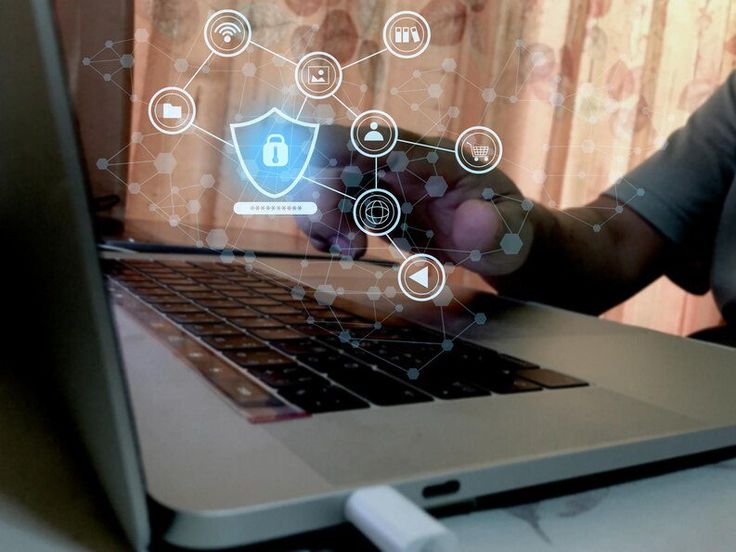Unveiling the Mystery Behind IP Address 264.68.111.161: A Deep Dive

In the vast digital landscape, IP addresses serve as the backbone of internet communication. They allow devices to connect, share data, and enable seamless online experiences. However, some IP addresses raise curiosity due to their unusual format or unexpected behavior. One such address is 264.68.111.161, which appears invalid at first glance.
In this blog post, we will explore:
- What an IP address is and how it functions.
- Why 264.68.111.161 is an invalid IP address.
- Common misconceptions about IP addresses.
- Security implications of suspicious IP addresses.
- Best practices for protecting your network.
By the end, you’ll have a clear understanding of why this particular IP address stands out and what it means for internet security.
What Is an IP Address?
An IP (Internet Protocol) address is a unique numerical label assigned to every device connected to a network. It serves two primary purposes:
- Host Identification – Identifies a device on a network.
- Location Addressing – Provides a way to route data to the correct destination.
Types of IP Addresses
- IPv4 (Internet Protocol version 4) – The most common format, written as four numbers separated by dots (e.g.,
192.168.1.1). Each number ranges from 0 to 255. - IPv6 (Internet Protocol version 6) – A newer format designed to accommodate more devices, written in hexadecimal (e.g.,
2001:0db8:85a3::8a2e:0370:7334).
Since 264.68.111.161 follows the IPv4 structure but contains numbers beyond 255, it immediately raises a red flag.
Why Is 264.68.111.161 an Invalid IP Address?
Understanding IPv4 Limitations
In IPv4, each of the four octets (the numbers between the dots) must be between 0 and 255. This is because:
- Each octet is an 8-bit number.
- The maximum value of an 8-bit binary number is
2^8 - 1 = 255.
Since 264 exceeds this limit, 264.68.111.161 is technically impossible in standard IPv4 addressing.
Possible Explanations for This IP Address
- Typographical Error – Someone may have mistyped an IP (e.g.,
164.68.111.161instead of264.68.111.161). - Malicious Spoofing Attempt – Hackers sometimes use fake IPs to disguise their activities.
- Internal Network Misconfiguration – Some private networks might use non-standard addressing, but this is rare and not compliant with global standards.
- Test or Placeholder Address – Developers might use invalid IPs for testing software behavior.
Common Misconceptions About IP Addresses
Myth 1: All Numbers in an IP Address Can Go Beyond 255
- Reality: No. IPv4 strictly limits each octet to 0–255. Any number outside this range is invalid.
Myth 2: An IP Address Alone Can Reveal Personal Information
- Reality: While IPs can provide approximate location (city/country), they don’t directly expose personal details like names or addresses without additional data.
Myth 3: Invalid IPs Like 264.68.111.161 Can Be Used for Hacking
- Reality: Since this IP is invalid, it can’t be used for direct attacks. However, hackers might use similar-looking valid IPs in phishing attempts.
Security Implications of Suspicious IP Addresses
Even though 264.68.111.161 is invalid, other unusual IPs can pose threats:
- Phishing & Scams – Fake IPs may appear in malicious emails or fake login pages.
- Botnet Activity – Hackers use compromised IPs to launch DDoS attacks.
- IP Spoofing – Attackers disguise their real IP to bypass security measures.
How to Protect Yourself
- Use a Firewall – Blocks unauthorized access attempts.
- Enable VPNs – Masks your real IP for privacy.
- Monitor Network Traffic – Check for unusual connections.
- Keep Software Updated – Prevents exploits from outdated systems.
Conclusion
The IP address 264.68.111.161 is invalid due to its first octet exceeding the IPv4 limit of 255. While it may be a simple typo, it’s crucial to remain vigilant about suspicious IPs that could indicate cyber threats. Understanding how IP addressing works helps in identifying potential risks and securing your online presence.
By following best practices—such as using firewalls, VPNs, and monitoring network activity—you can safeguard against malicious actors exploiting IP-based vulnerabilities. Stay informed, stay secure!
FAQs About IP Addresses
- Can an IP address start with 300?
No, IPv4 only allows numbers from 0 to 255 per octet. - What should I do if I see an invalid IP in my logs?
Investigate further—it could be a typo or a sign of an attack attempt. - Are there any valid uses for non-standard IPs?
Rarely. Some internal networks might use them, but they won’t work on the public internet. - How can I check if an IP is valid?
Use online tools like IP lookup services or manually verify that each octet is between 0–255.



















